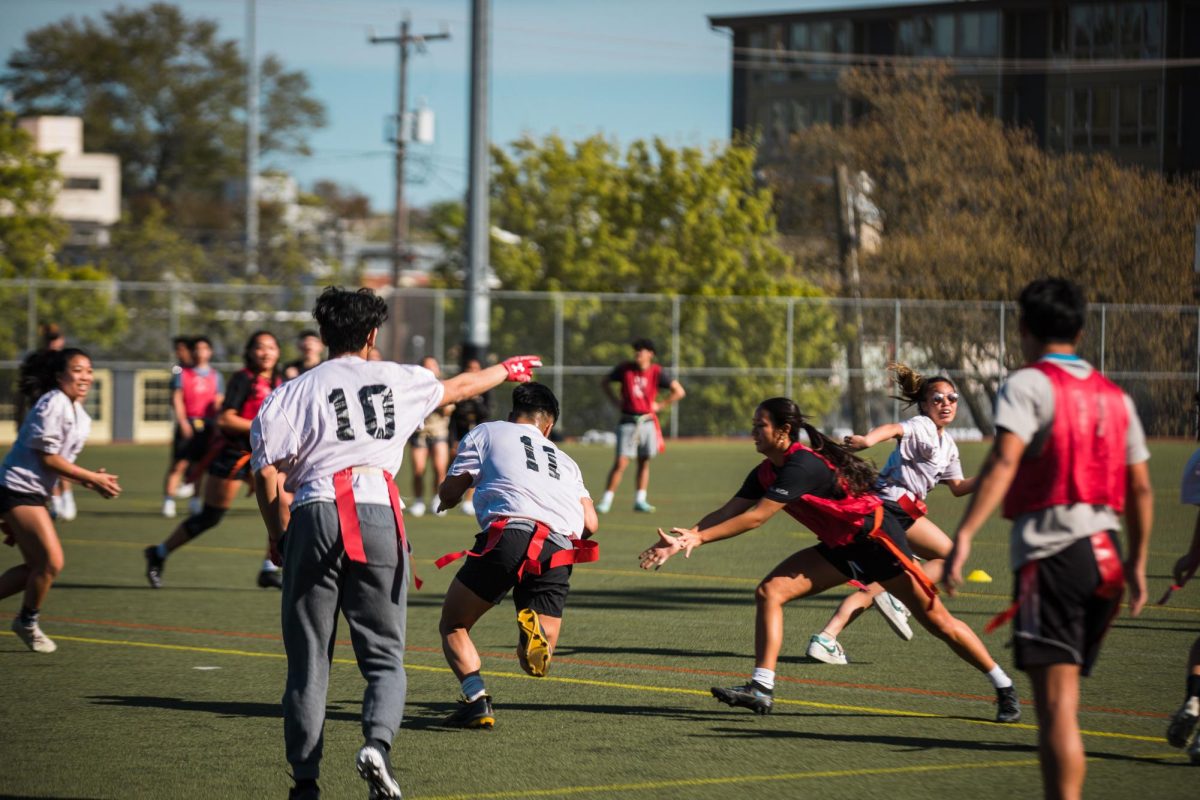It’s everywhere.
The fastest-growing sport in the country, now with a lucrative professional scene and a wealth of younger players, pickleball has shattered its reputation as an activity reserved solely for older participants.
Today, the sport from Washington’s own Bainbridge Island has people of all ages picking up paddles in droves and claiming longtime tennis strongholds for good. The Association of Pickleball Professionals (APP) estimated 36.5 million Americans played the sport at least once between August 2021 and August 2022–a whopping total.
The number of routine players is far lower, as 8.5 million players played over eight times in that stretch according to the same research. This estimation puts pickleball’s domestic participation above that of recreational giants like tennis and basketball.
How did this happen?
Andy Lum, an amateur competitive pickleball player and Seattle resident, started playing the sport casually with his family two years ago at the height of the pandemic. With a background in tennis, Lum picked up the racquet sport quickly.
Lum started by solely participating in open play sessions, which allows players to play with strangers simply by showing up and setting their paddles down. It was in these sessions Lum learned the game and fine-tuned his skillset, finding a community to play with. Since starting, Lum has competed in 30 tournaments, earning a top 5.0 rating.
Even as a fierce competitor, Lum credited open play and pickleball’s casual nature as a major reason he kept coming back.
“I feel like people have a natural ability in this sport to be competitive… but also [to] keep the atmosphere light,” Lum said. “If you’re learning, there are ways you could participate and get better without feeling like you’re the only one who doesn’t know how to play.”
That accessibility has paid dividends. From 2020-2022, the sport’s player base in the U.S. grew an average of 158% annually, according to the Sports and Fitness Industry Association (SFIA). The average age of players has also dropped to 35. It’s worth noting the SFIA estimated 8.9 million played pickleball at least once in 2022, contrasting the APP’s vastly larger figure.
Brandon Mackie, co-founder of Pickleheads, an online service that catalogs pickleball courts and play session times, pointed to the COVID-19 pandemic as the catalyst for the sport’s rise to popularity.
“Our theory is that pickleball went from being primarily indoors… to being played outdoors,” Mackie said. “Pickleball always had that [welcoming] nature, the pandemic just helped it appear in a lot of different places.”
That growth is still present locally. The Seattle University Pickleball Club, which provides a space at UREC for open play and practice, has garnered around 30 members since its founding in 2022.
The club’s next undertaking will be competitive play and traveling to tournaments. To that end, they joined DUPR Collegiate Pickleball recently, an entity that organizes events for collegiate pickleball clubs to compete in.
The club is planning fundraising tournaments, details pending, in hopes of traveling at least once next academic year to compete.
Daniel Rodi, a third-year finance and business analytics double major at Seattle U, helped create the pickleball club last year.
“I’m really trying to just lay the foundation right now,” Rodi said. “I’m completely fine if we only go to a few of these traveling tournaments, as long as we grow the sport at our school.”
In terms of publicity, professional pickleball leagues are pushing the sport’s competitive image. Two of the largest pro pickleball tours in the country, Major League Pickleball (MLP) and the Professional Pickleball Association (PPA), have garnered a myriad of sponsors and even exclusive television deals with the likes of CBS Sports.
The MLP is a traditional take on American professional team sports, with a developmental league, an annual draft and teams that represent U.S. cities. Meanwhile, the PPA represents a competition reminiscent of other professional racquet sports with singles and doubles events.
The two leagues agreed to a merger Sept. 13, ending months of competing to secure exclusive rights to the game’s best players with lucrative multi-year deals, a first for the sport. The merger ensures that top-flight talent can continue competing in both leagues.
“It’s good to see everyone in the same place,” Rodi said. “It was a crazy two weeks but… I think it’ll grow, and it’ll grow quickly.”
Still, the recreational game is pushing pickleball forward, and the professional tours recognize it. The PPA allows amateurs to enter separate brackets at their events, playing in the same physical vicinity of the professional bracket.
The headlines generated around the pro game and its celebrity investors has brought publicity to pickleball, but Mackie called those stories potential distractions.
“The most exciting part of pickleball has nothing to do with the pro game, it’s happening at the local parks,” Mackie said. “That’s just how large the rec game has gotten.”
How the hit sport from the days of social distancing pans out in the long run remains to be seen. But, if the newest numbers and general excitement are any indication, pickleball is here to stay.






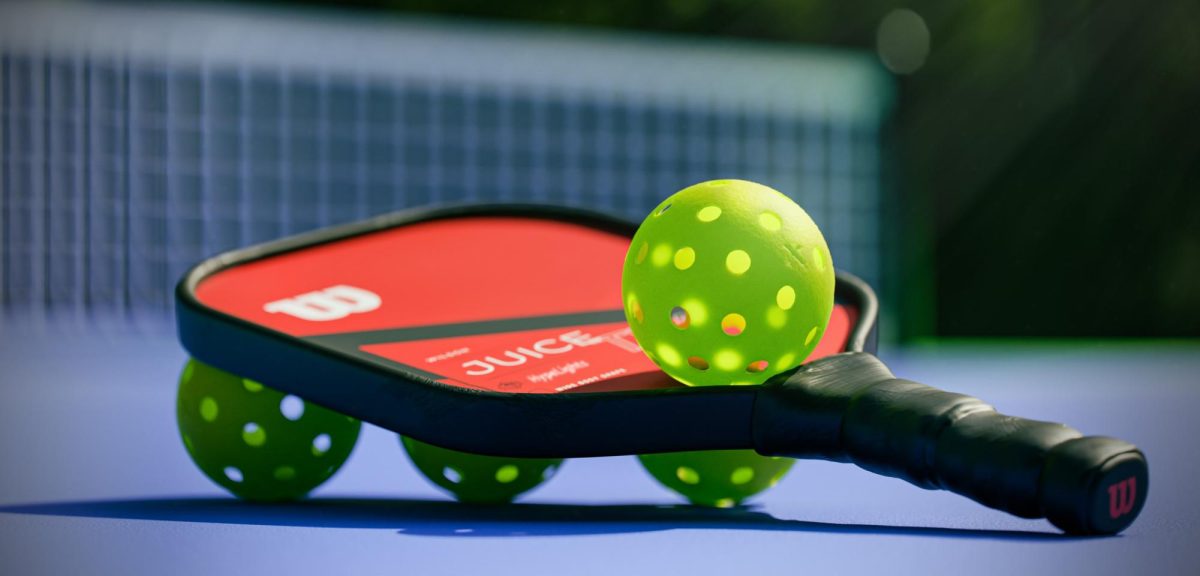
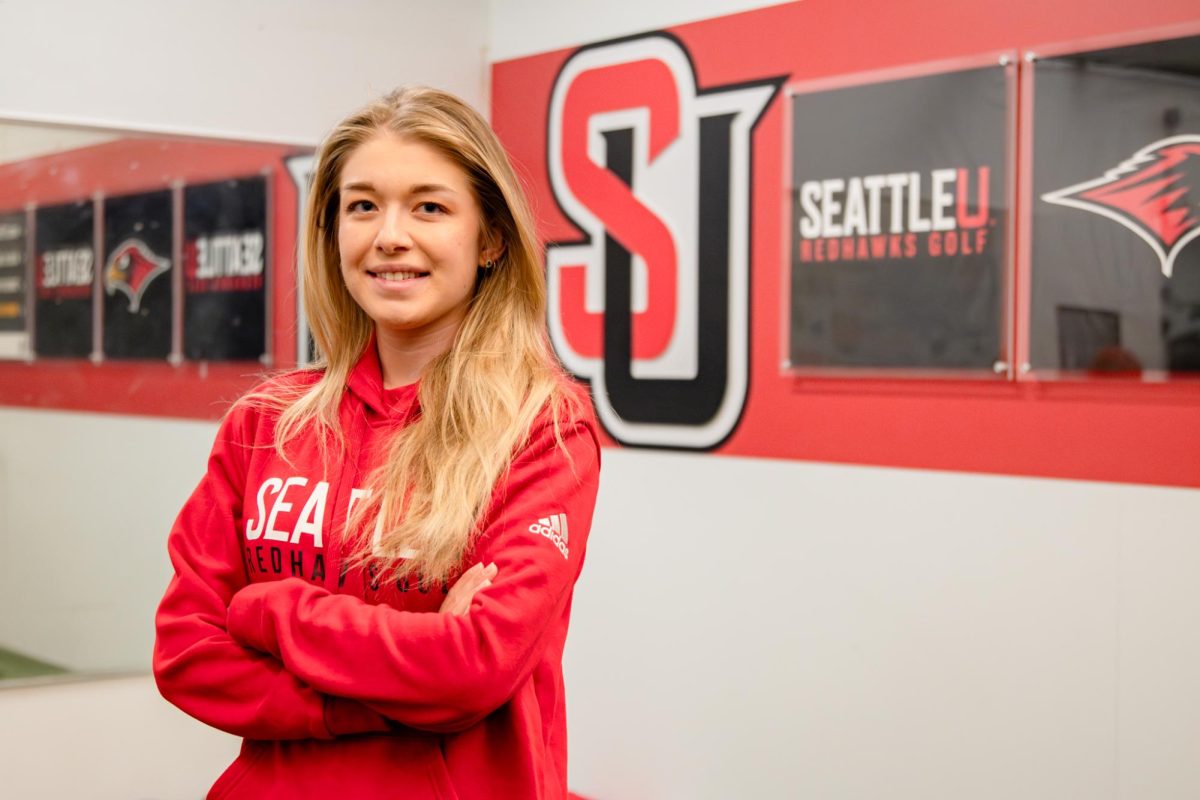
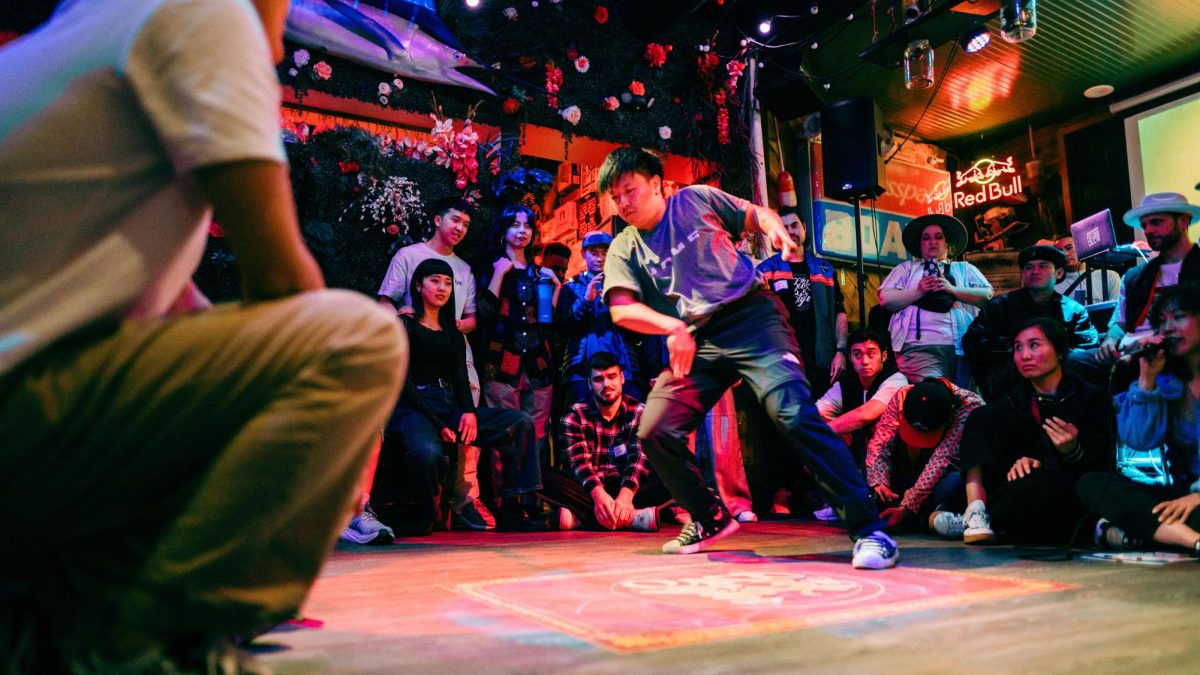
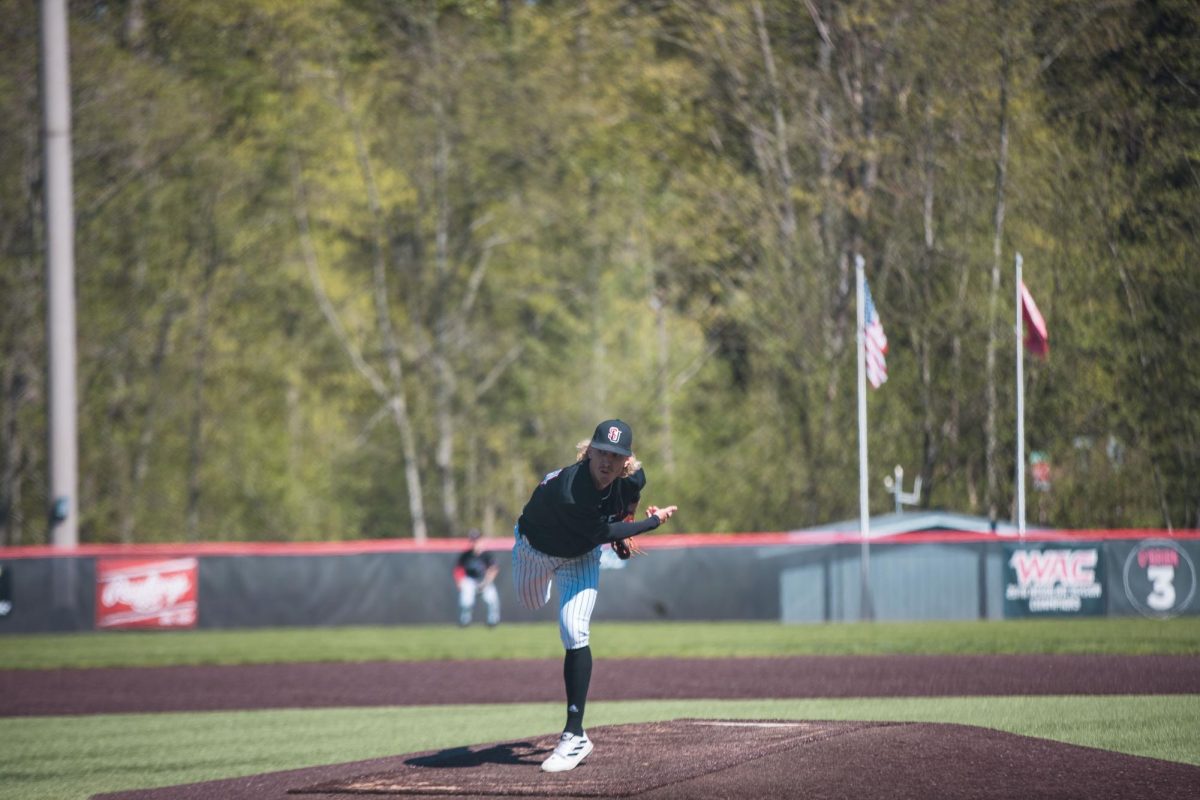
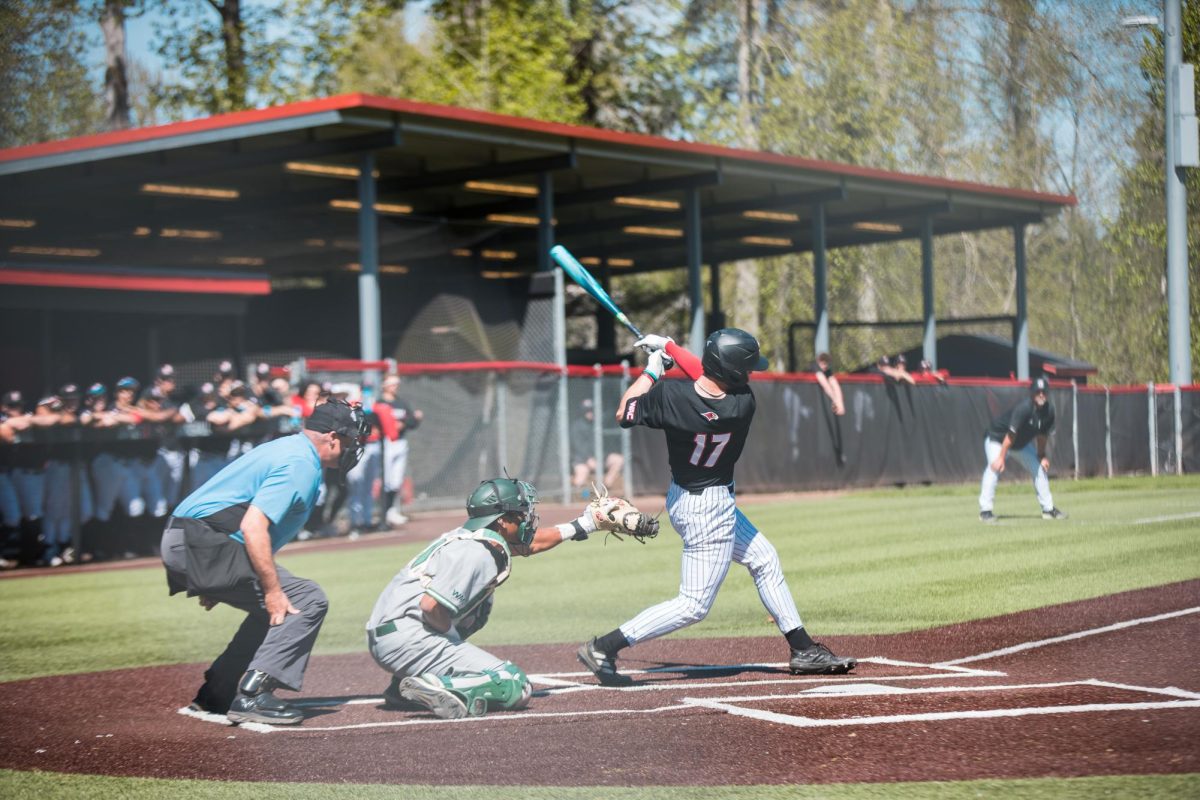
![The 2024 NBA Playoffs’ Best Moment May Be the First Round [Opinion]](https://seattlespectator.com/wp-content/uploads/2024/04/NBAPlayoffWeb-1200x791.jpg)
